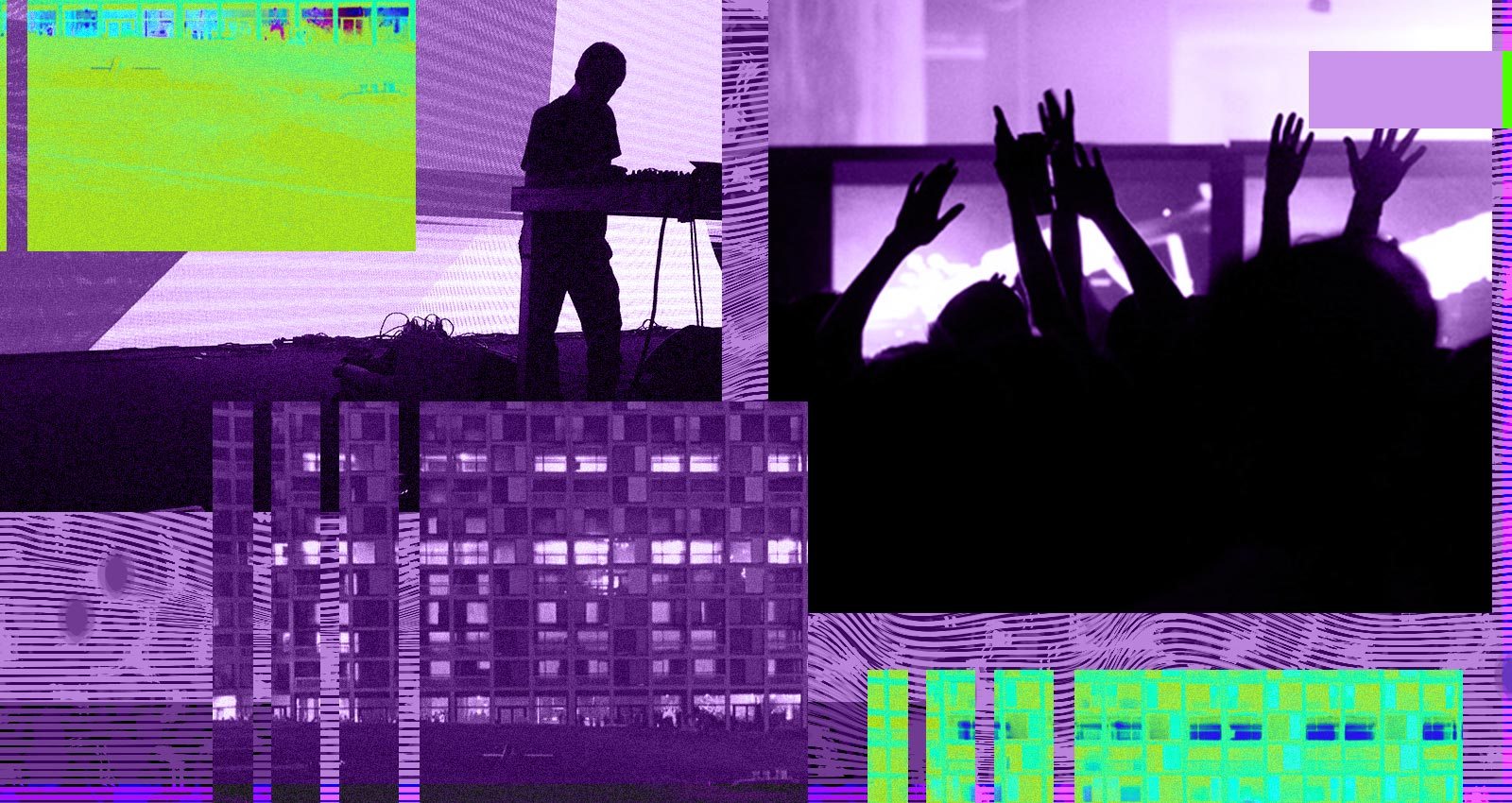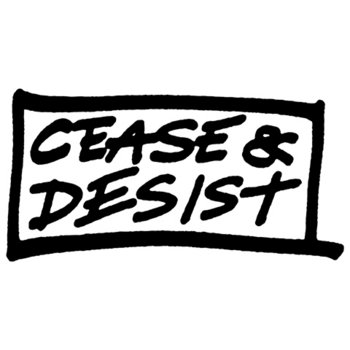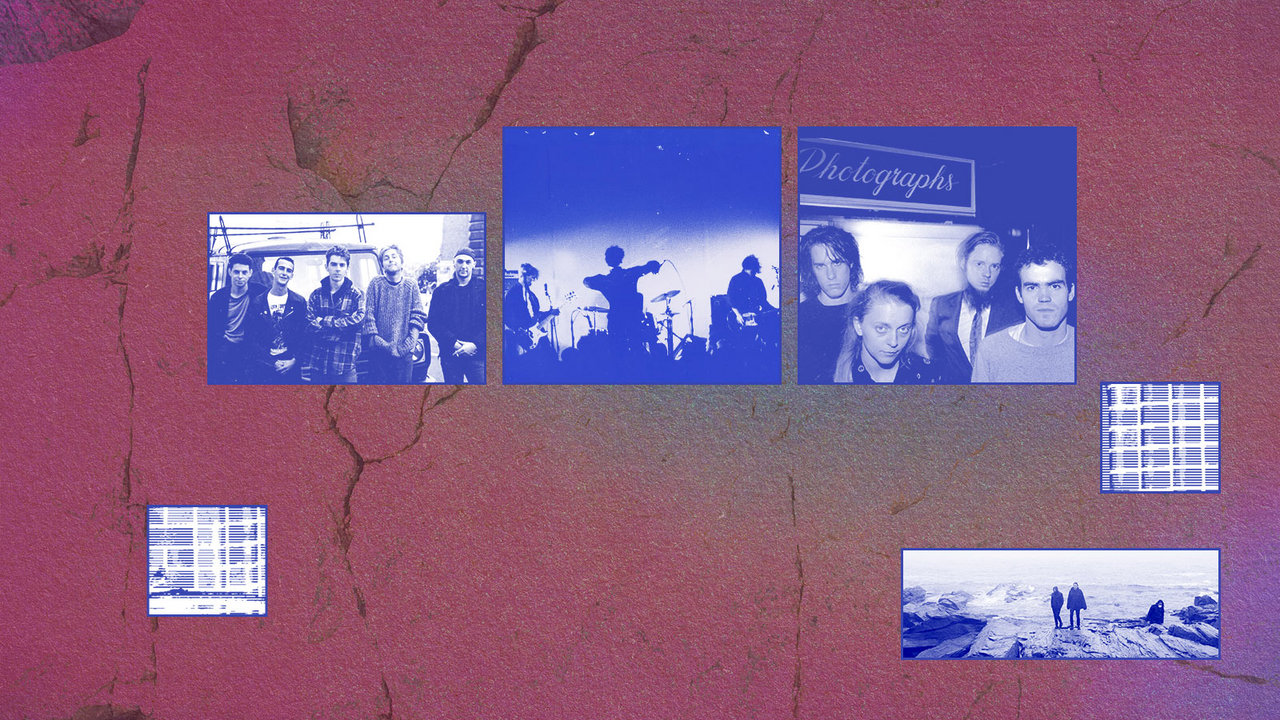
Twelve years ago, DJ and journalist Matt Anniss got into a bar fight that changed his life. It wasn’t the broken bottles-and-fisticuffs kind of fight—it was far nerdier. “I was a guest DJ at a bass music night in Bristol,” Anniss recalled. While the other DJs spun dubstep, drum & bass, and the like, Anniss’ set was full of the earliest UK techno tracks—a mysterious, short-lived subgenre known as “Bleep.” The other DJs wondered what that style was. “I bristled at this for some reason,” Aniss says. “I told them all of the UK bass music records they enjoyed could trace their roots back to Bleep. They didn’t agree with this, so an argument ensued.”
Anniss subsequently went on a local Bristol internet station, penned a blog post, and posted a DJ set of Bleep, as a way to convince those same DJs that his thesis had some merit. He wrote an in-depth feature on the form for electronic music site Resident Advisor—which caused him to think bigger about this formative, unsung moment in UK dance music history. “I found the sound itself alien and otherworldly, but also endlessly fascinating for some reason,” he says. “It seemed so fresh and futuristic still, but also mysterious.”



2 x Vinyl LP

The end result is Anniss’ deep-dive of a book, Joint the Future: Bleep Techno and the Birth of British Bass Music, and the crucial listening compendium of the form’s biggest tunes, Join The Future – UK Bleep & Bass 1988-91, put together by Anniss and JD Twitch (Keith McIvor), legendary Scottish DJ and one-half of the heralded duo Optimo. Both the book and comp illuminate—and dash misconceptions about—the true origins of UK dance music.
While the earliest UK dance tracks sound like knock-offs of the thrilling sounds of techno, acid, and house emanating from Detroit and Chicago, Bleep carved out its own curious niche. “The best of these records often have these off-beat, syncopated, skeletal rhythms, the DNA of which would later turn up in UK Funky and UK Garage and a host of other UK dance variants,” Twitch explains via email. “I think the thing that really makes Bleep stand out is the low end. It has such a big influence from heavy dub, but it’s taken to extremes.” Fostered in industrial northern British towns like Bradford and Sheffield, that heavy bass sound didn’t come from aping American techno or hip-hop records, but from the neglected immigrant communities situated within these cities. “Bleep records featured a strong link with reggae sound system culture,” Anniss says. “They were a product of the multi-racial nature of British cities and specifically the high levels of immigration from the Caribbean, and Jamaica in particular, in the second half of the 20th century.”
Listening to seismic tracks from names both familiar (Cabaret Voltaire, Nightmares on Wax) and deeply obscure (Alfanso, Tuff Little Unit), it’s easy to detect a rough, restless spirit at work—a “wild west” aesthetic where chest-quivering deep bass tones, cheeky synth top melodies, reckless snares, and bizarre vocal samples all jostle for space. No rules meant no limits as to how the music should sound, or the ways it might mutate next. “Lots of the best Bleep tracks were one-offs or debut releases where raw enthusiasm and mad ideas were often more important than experience in the studio,” Twitch said. The sound itself was massively popular at raves, but it soon mutated into something new. Some of the earliest Bleep singles were released by an upstart label out of Sheffield called Warp Records, which soon gave way to the sound of electro and Intelligent Dance Music (fitting that Warp’s online portal is called Bleep). And at the club, jungle and hardcore soon took over. But Bleep remains in UK dance music’s DNA, whether you love dubstep or techno, the Hyperdub label or Hessle Audio. “Bleep was relatively short-lived but hugely important,” Anniss says. “It created the conditions and ingredients for the UK musical revolution to happen.”
Below, Anniss highlights a few of the compilation’s most notable selections:
Unique 3 & The Mad Musician
“Only The Beginning”

2 x Vinyl LP

“[This is an] A-side to the first ever Bleep single. Their early version of the more famous ‘The Theme’ is on the other side; they’re very similar and use the same bassline and melody. The bass sound was created in part by sampling feedback from the speakers. It was pretty much made in the attic of a terraced house in Bradford.”
Cabaret Voltaire
“Easy Life (Jive Turkey Mix)”

2 x Vinyl LP

“Even these industrial and post-punk legends mutated into Bleep, albeit briefly. Recorded and produced by in-house producers Rob Gordon—who co-founded Warp, produced many iconic Bleep singles, and mastered the compilation—and Mark Brydon, later of Moloko fame. Jive Turkey was, of course, a key Sheffield club night of the time. One of its resident DJs, Parrot (AKA Richard Barratt, now best known as Crooked Man) contributed the African style breakbeat used. He was meant to work on the remix but ended up passing out under the mixing desk after having a toke on a very strong spliff.”
Original Clique
“Come To Papa”

2 x Vinyl LP

“Original Clique was one of the aliases of a Bedford-based producer, who produced roughly a quarter of the output on London label Chill. He had never been interviewed before or revealed his identity until I tracked him down for the book.”
Man Machine
“Animal (DJ Martin & DJ Homes Primordial Jungle Mix)”

2 x Vinyl LP

“I included this because it’s pretty much the only ‘official’ production/remix by DJ Martin and DJ Homes: the in-house production crew at key Leeds bleep label, BASSIC, who also co-produced some classic Bleep tracks like ‘Ital Anthem’ by Ital Rockers, ‘Soul Thunder’ by Juno, and ‘Pressure’ by Ability II. Martin is a true unsung hero; he helped loads of people in Chapeltown in Leeds to make records, with Homes—a reggae musician by trade—playing quite a bit of the parts in some cases. Martin was also the original third member of LFO and pretty much produced/arranged/mixed the epochal ‘LFO.’ He features prominently in the book, as you’d expect, and my interview with him was his first. It took awhile to find him as he hasn’t been involved in music for a long time. Bizarrely, I was working as a professional boxing trainer when I tracked him down.”
Alfanso
“Dub Feels Nice (Version 4)”

2 x Vinyl LP

“A quite bonkers—but brilliant—Rob Gordon production from 1991. A 12” of it was pressed up in low numbers (500, I think) containing the main mix and versions 2 and 3, but it never made the shops, as the distributor went bankrupt. I’ve met three people (all old Sheffield DJs—Winston Hazel, Pipes, and Solid State aka Richard Hardcastle) who own copies, but it has never made it onto Discogs, so it has been a secret weapon for those people for a long time. The one on the compilation is ‘Version 4’—a mix on the original DAT that has been buried for nearly 20 years in a suitcase in Rob Gordon’s attic!”







